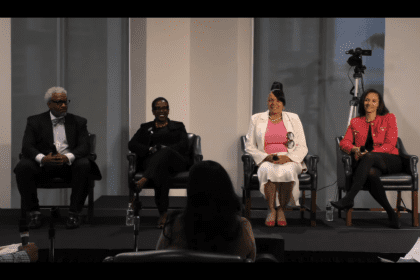 As a young adult, I despised Stephen King for his book Cujo. It reminded me of one of the great figures in history regarding Africans in the Americas – Cudjoe, who lead the revolt of the Aricians in Jamaica.
As a young adult, I despised Stephen King for his book Cujo. It reminded me of one of the great figures in history regarding Africans in the Americas – Cudjoe, who lead the revolt of the Aricians in Jamaica.
I first became acquainted with him in the legendary book, Black Rebellion, by the abolitionist and civil war veteran Thomas Wentworth Higginson. Initially, it was published in the Atlantic Monthly in the 1850s and 1860s as a series of essays.
This work inspired my interest in history and, in particular, in slave revolts around the West. It also led to my writing four chapters in Chronology of World Slavery on, Church Attitudes Toward Slavery, Psychology Of Slavery, Punishment Of Slaves, and Mutilation Of Slaves.
Although most are familiar with Nat Turner, Toussaint–Louverture, Denmark Vesey and Gabriel Prosser, perhaps the largest slave revolt ever in the United States goes relatively untold in the annals of history — the 1811 Louisiana Slave Revolt.
In parts of the Louisiana Territory, along the German Coast Uprising on January 8, 1811, Charles Deslonde led a slave revolt in St. Charles Parish, La., and St. James Parish, La. Deslonde was a free person of color from Haiti who worked as a laborer on the Deslonde plantation.
It is unclear as to how large the group was, but historical records suggest between 200 to 500. Few things frightened white slave owners like rebellion, especially when slaves outnumbered free whites.
Deslonde led the men by the beat of drums and waving banners, down the Mississippi River Road toward New Orleans. Along the way, they killed two white men, burned plantations and crops, and captured weapons and ammunition. The insurgents, however, were halted by a detachment of U.S. regular troops.
A total of 95 insurgents, including 66 slaves, were killed in the aftermath. Some runaway slaves returned. Others were captured and sentenced to death. After they were shot and decapitated, their heads were placed on poles along the River Road as a warning to other potential rebels. Samuel Hambleton described Deslonde’s fate: “[He] had his hands chopped off then shot in one thigh and then the other, until they were both broken — then shot in the body and, before he had expired, was put into a bundle of straw and roasted!”
The life and death of Deslonde shows us what was sacrificed and required for freedom. Lessons such as these should never be forgotten. –torrance stephens










